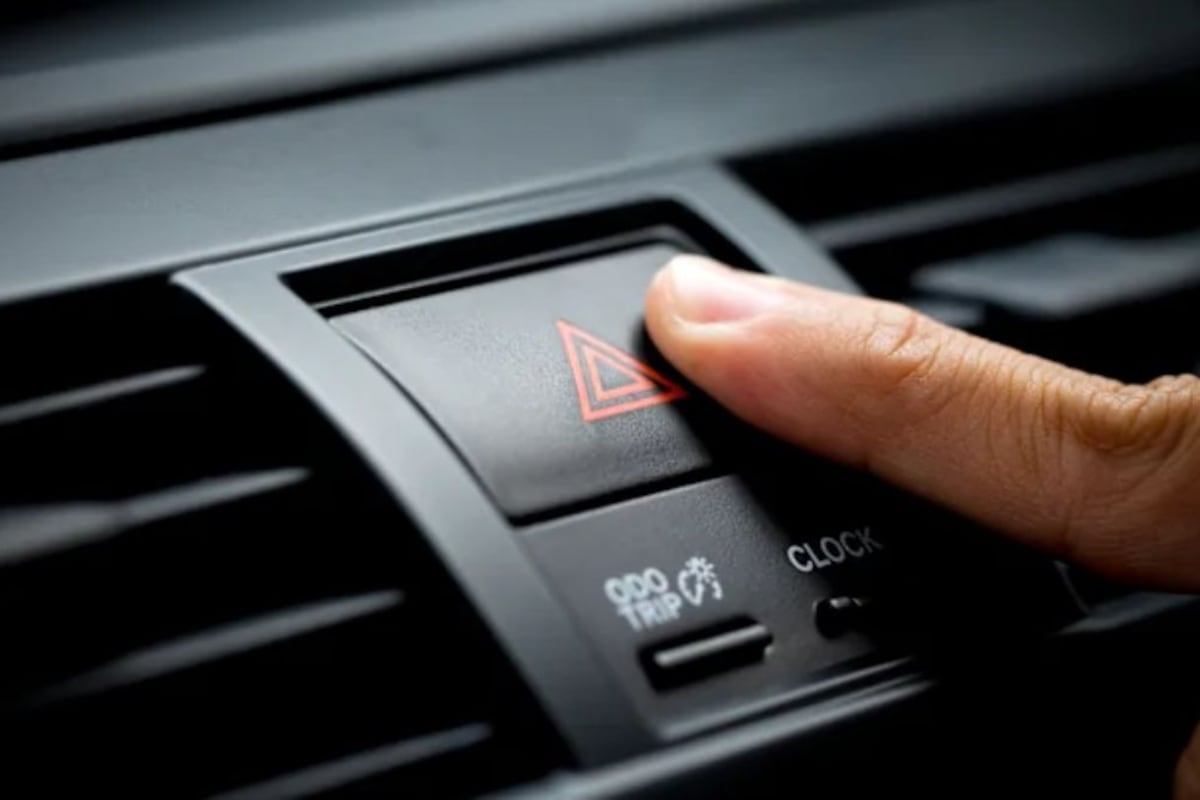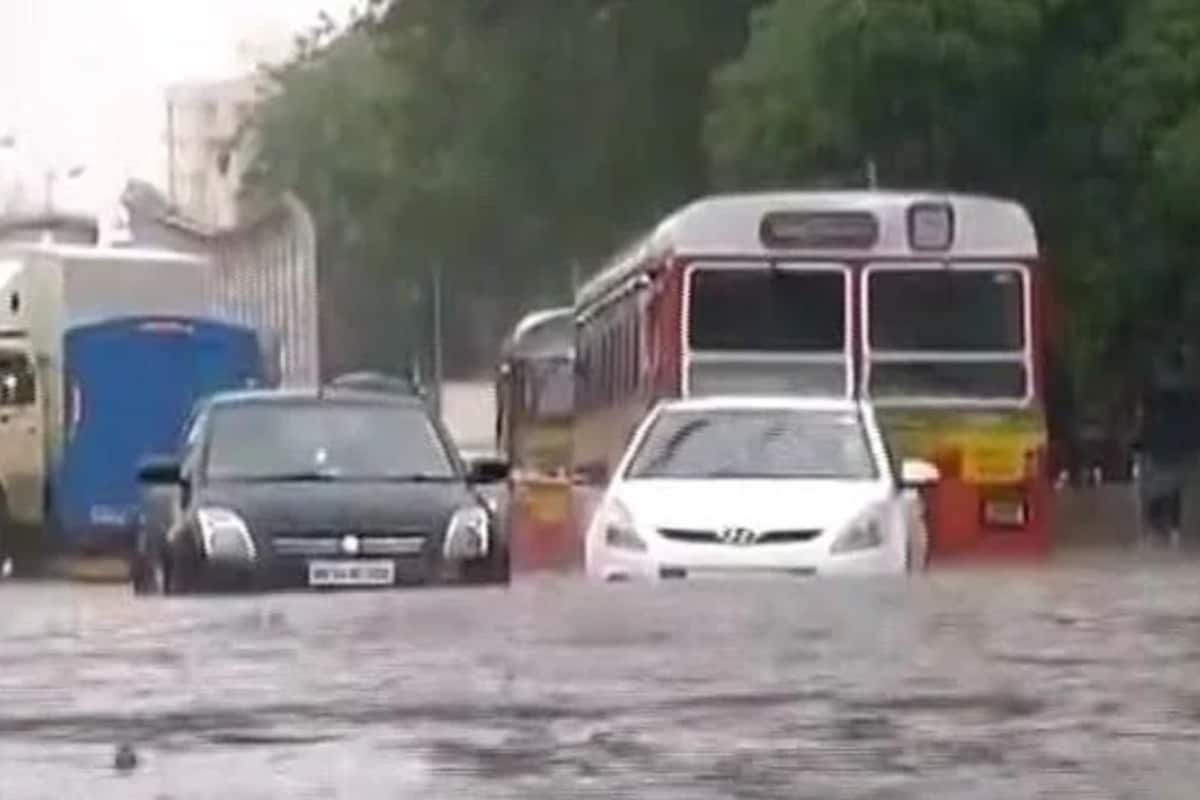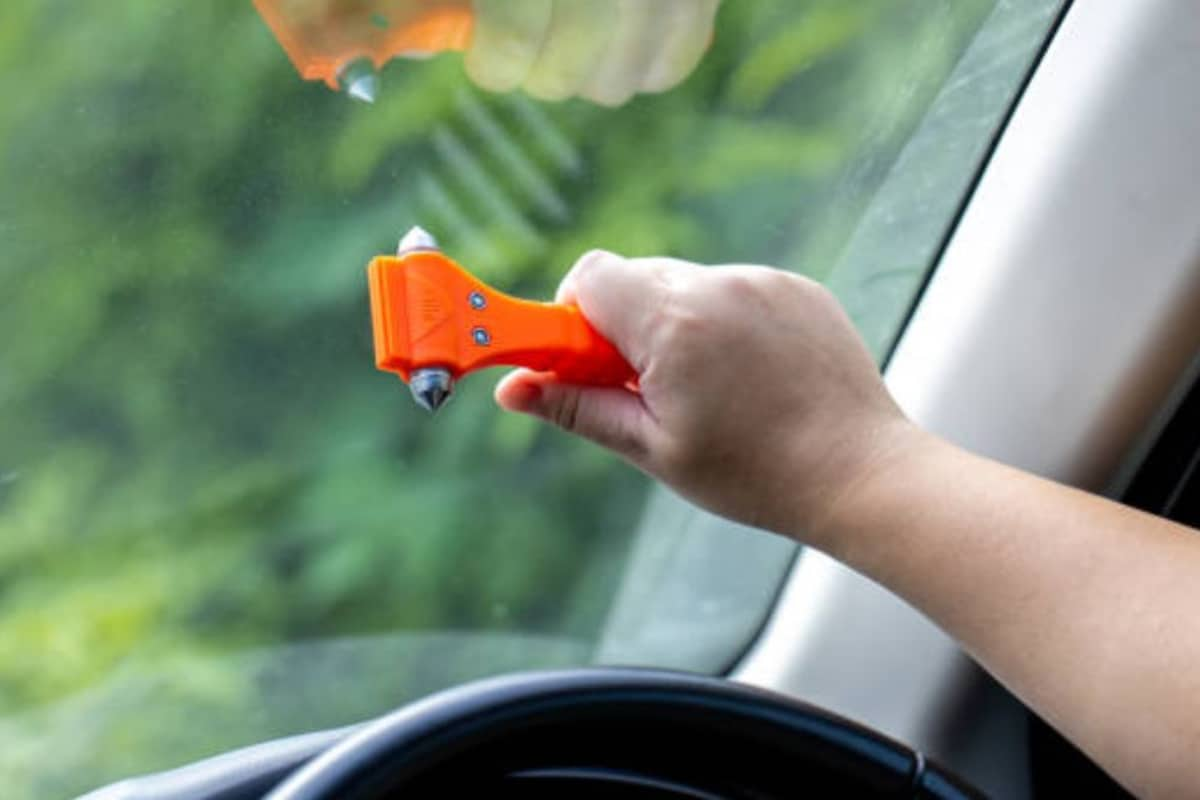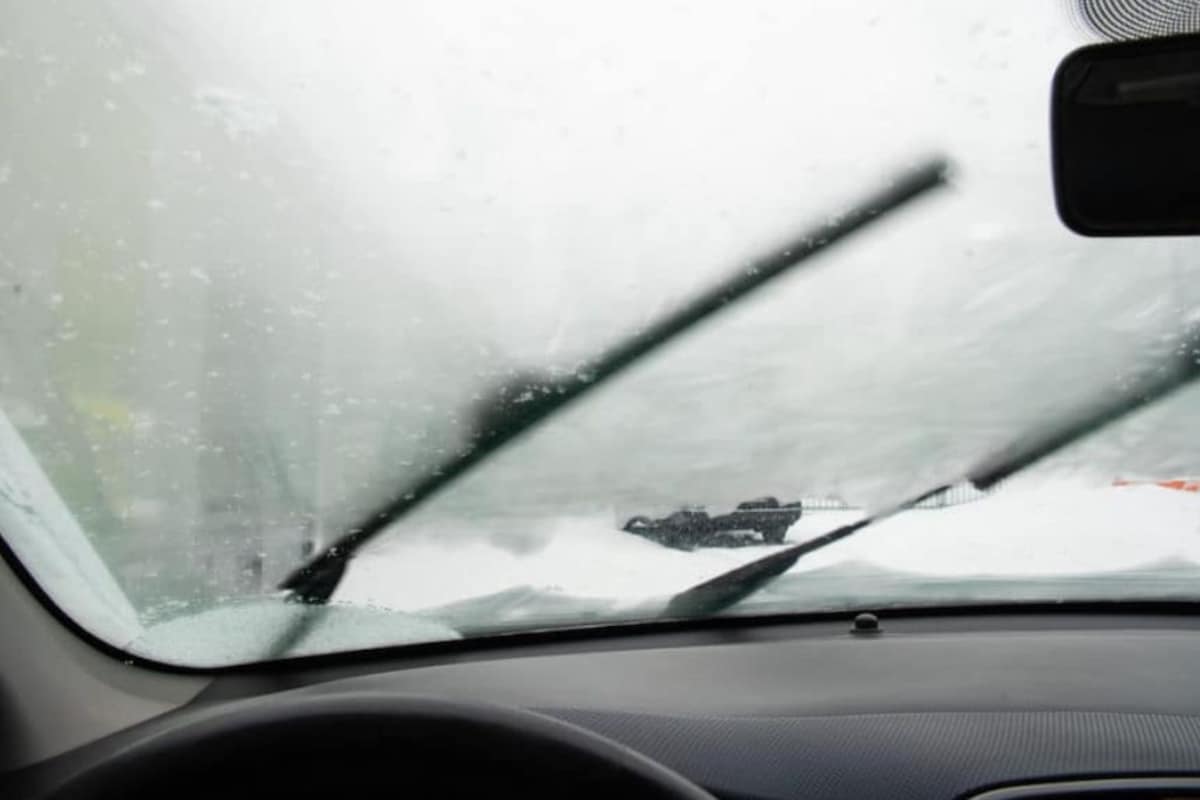
After Gurgaon's recent downpour turned city roads into mini-rivers, the monsoon has once again reminded us that driving in the rain isn't just about navigating puddles. It's about navigating chaos. From stalled cars to hour-long jams and invisible potholes under murky water, monsoon driving in India demands more than just a good wiper. So, before you drive out in the rain again, here are 10 real-life monsoon tips that could save your car, your time, and maybe even your day.

1. Don't Use Hazard Lights While Driving
It's a common mistake. As soon as the rain pours, many drivers turn on their hazard lights while driving. However, hazard lamps are meant only for emergencies, like if your car is stalled or parked on the roadside due to a breakdown. Using them while driving creates confusion, especially for drivers behind you who can't tell if you're turning or braking. Stick to regular headlights and fog lamps to stay visible in low-light conditions.
2. Avoid Flooded Roads
Waterlogged roads may seem passable, especially if you see someone else making it through, but don't let ego take the wheel. Many cars stall mid-way through because the water level enters the engine bay or the exhaust system. One wrong judgment, and you could be stuck with water seeping in, or worse, facing a seized engine. If you can't gauge the depth confidently, it's better to turn around or take an alternate route.

3. Don't Start The Engine If The Car is Submerged
If your parked car gets stuck in rising water or you're stranded in a waterlogged area, resist the urge to turn the key. Starting the engine in such conditions can cause hydrolock, a condition where water enters the combustion chamber, leading to catastrophic engine damage. Instead, wait for assistance or call your insurance or RSA/tow service.
4. Keep Water Bottles & Snacks In The Car
It might sound like an odd tip, but trust anyone who's been stuck in a four-hour traffic jam during peak monsoon - you'll thank yourself for keeping a few bottles of water and dry snacks in the glove box. At times, traffic crawls to a halt during rain due to waterlogging, road closures, or accidents. A little preparation can go a long way in keeping you comfortable (and sane) during the wait.
5. Avoid Parking Under Trees, Check That Sunroof
While it may seem like a good idea to shield your car from rain by parking under a tree, monsoon winds can be unpredictable. Falling branches or uprooted trees can cause serious damage. Also, if your car has a sunroof, make it a habit to inspect it post-rain for clogged drains or tiny leaks, which can result in water dripping into the cabin or damaging electronics hidden in the roof liner.

6. Carry A Glass-Breaking Hammer
It may sound dramatic, but it's a critical safety tool. In rare but serious situations, like being stuck inside a locked or submerged car, a glass-breaking hammer can help you or others escape quickly. Keep one secured within reach in the cabin. It's a small investment that could be life-saving in emergencies.
7. Inspect Tyre Tread Depth - 3mm Remains Magic Number
Tyres with worn-out tread don't grip well on wet roads, which increases the risk of aquaplaning (where your tyres lose contact with the road and ride on water instead). Check the tread depth with a coin or tread gauge. Anything below 3mm is too risky for monsoons. If the rubber is old, cracked, or bald, it's time for a replacement.
8. Check Wiper Blades and Washer Fluid Levels
Clear vision is your best friend in the rain. Old wiper blades tend to smear or skip, reducing visibility. Replace them if they're squeaky or leave streaks. Also, top up your windshield washer fluid, and use it to regularly clean off muddy splashes and road grime, especially important when driving behind large vehicles.

9. Prevent Fogged-Up Windshields
Monsoon air brings a lot of moisture, and your windshield can fog up from the outside because of temperature differences. One mistake many drivers make is to blast air directly onto the glass - this often fogs it up more. Instead, use the defogger setting, rear defogger, or switch on the AC in recirculation mode to balance the cabin humidity and temperature. A clean windshield also helps reduce fog buildup.
10. Keep RSA Contacts Ready
Even if your car is well-maintained, monsoon surprises are real. Whether it's a sudden breakdown, an open manhole, or a waterlogged stretch you can't pass, having the numbers of your insurance, RSA, dealership service, or local towing agency on speed dial can save you precious time. If you're driving long distances, share your route with someone and carry a power bank.
Track Latest News Live on NDTV.com and get news updates from India and around the world
